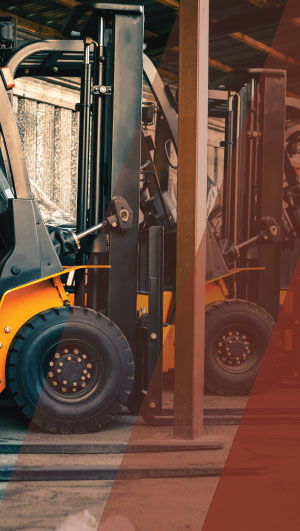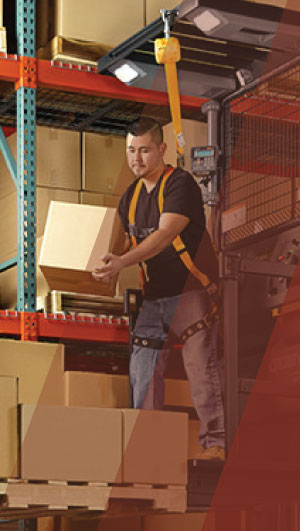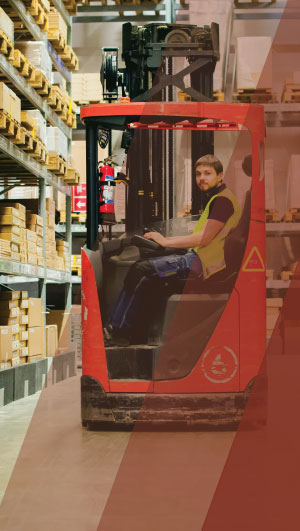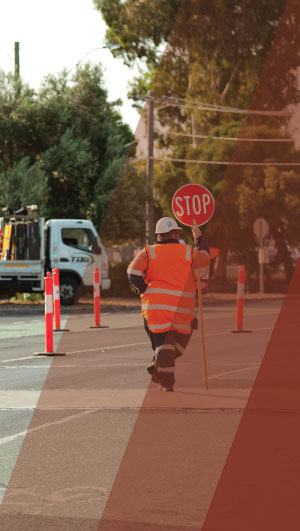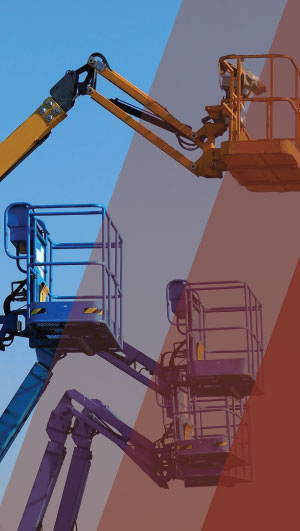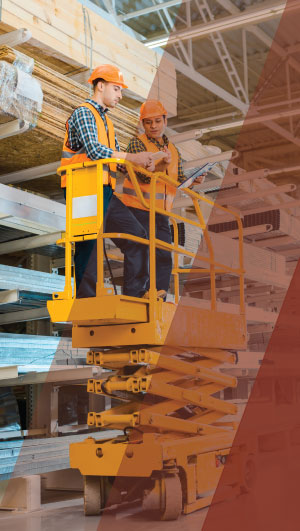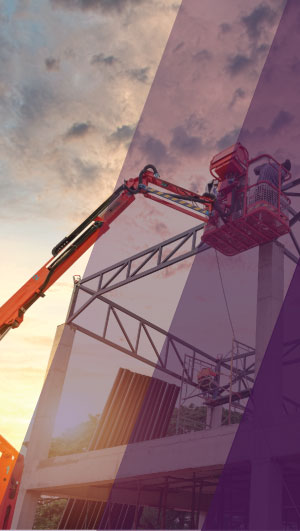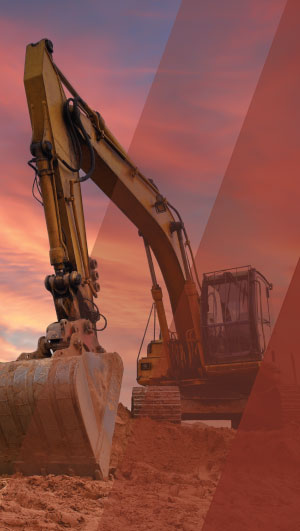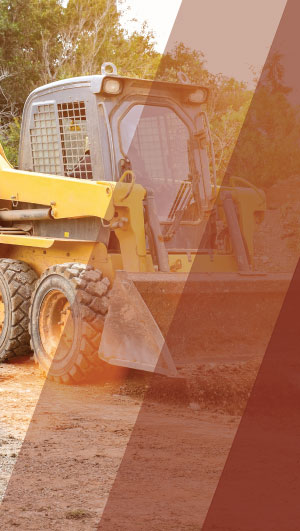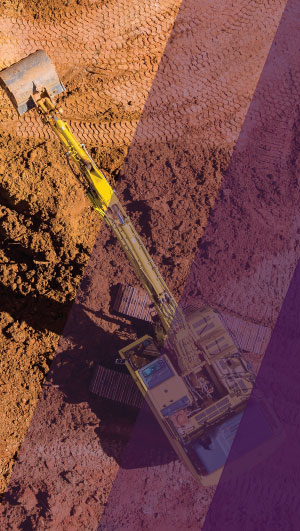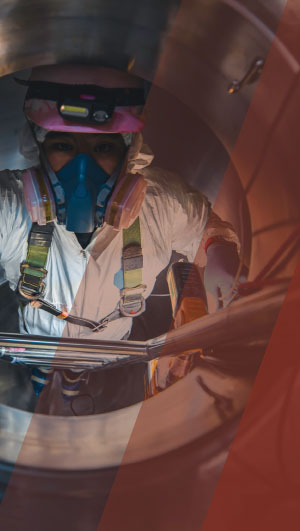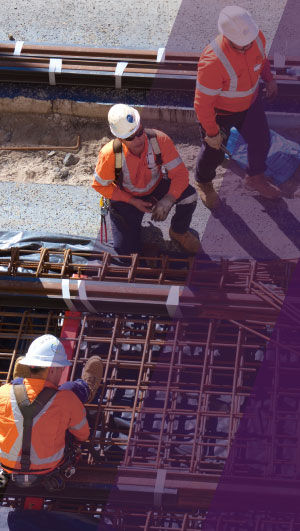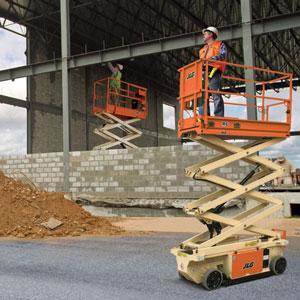EWP
A Closer Look At Scissor Lifts
A Closer Look At Scissor Lifts
Elevated Work Platforms (or EWP for short) including scissor lifts were initially conceived for use in the construction industry but some have made the transition into mainstream retail and even personal use. The scissor lift is a good example of a machine which has displayed a versatility beyond the use it was originally intended for. Smaller versions in particular are often seen at places such as supermarkets and shopping centers.
How does a Scissor Lift work?
A Scissor lift is essentially a platform with wheels. A series of controls raises and lowers the platform via the use of a scissor (or pantograph) mechanism. The lifting motion is achieved by applying pressure to the outside edges of the two lowest supports. This forces a scissoring motion which extends the lift and propels the platform into the air. Some models are capable of reaching in excess of 18 meters and with this in mind, the working platform of a scissor lift is surrounded by protective railings. It is also recommended that the operator wears a harness whilst working in case a fall occurs.
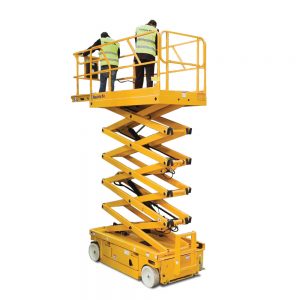
Scissor lifts are often considered to be safer than a ladder due to the minimised risk of ladder collapse. They are also popular in place of scaffolding as the scissor lift simply drives into position and extends, removing the time that would usually be spent setting up and then later dismantling the scaffolding frame. Certain scissor lifts are available in four wheel drive models to suit challenging work environments. Smaller versions are suited for indoor work and can be seen performing maintenance such as replacing light bulbs or changing signage. Larger, outside models are often employed to clean gutters or windows, inspect roofing, or trim trees and bushes. Within the construction industry, scissor lifts are favoured by electricians, steel erectors and plasterers due to their ability to carry tools, supplies and a workman all at the same time.
Scissor Lift Training
No formal licensing is required to operate a scissor lift. However, the EWPA (Elevated Work Platform Association of Australia) recognised the need for some sort of formal training in the late 1980’s. They implemented an accredited training program for Elevated Work Platforms such as the scissor lift which is now nationally recognised. Completing a training course through an EWPA accredited training institution such as START Training awards a Yellow Card. The yellow card certifies that the bearer has an accurate understanding of how to operate both the scissor lift and the boom lift safely. Under the duty of care laws, a Certificate of Competency is a suitable alternative to the Yellow Card but many sites require an EWPA issued Yellow Card.
As scissor lifts become more frequently seen in public environments, safe handling and appropriate training are of paramount importance. Operators who work in environments such as shopping centers or supermarkets may be required to work alongside pedestrians on a regular basis. Obtaining the appropriate qualifications for the scissor lift not only benefits the operator but serves to maximise the safety of those people who may be working, shopping or simply walking close by.
by Samantha Marshall
